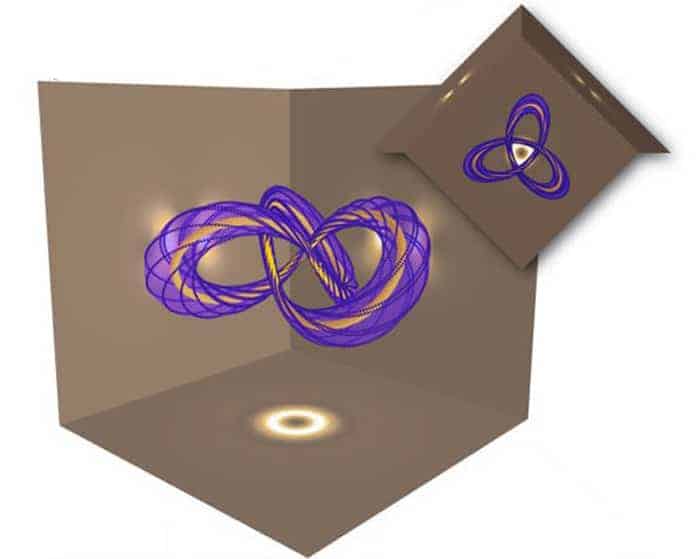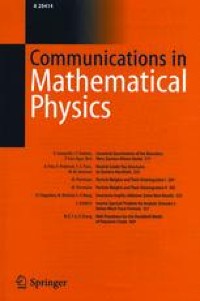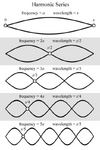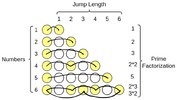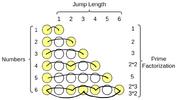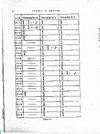Recently, I was playing around with circles and fractals, trying to visualize how a self-contained system would look like. I started drawing circles within circles and counted the total number of circles after each sub-division. The first pattern is the simplest one: after x iterations, you get x circles. The second pattern is more interesting, like a cell splitting in half after each iteration. So after two iterations, there are 3 circles (the initial big one, plus the two smaller ones). The total number of circles gets larger and larger very quickly. Next, I repeated the same procedure, but with a 3-circle sub-division. Another pattern started to form...

While I am drawing these shapes, I always have in mind what the C's have said about "1,2,3" holding the secrets of all existence.
Want to find out the total number of circles after 4 iterations when you constantly split every circle 6 times?
It's 1111 in base-6, every '1' represents an iteration—for a total of 259 circles!
Isn't it remarkable?
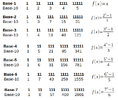
When you write down numbers, you are 'secretly' doing algebra and geometry!

While I am drawing these shapes, I always have in mind what the C's have said about "1,2,3" holding the secrets of all existence.
The total number of circles at any point is represented by a repunit (a number with all 1's) in the base corresponding to the number of sub-divisions!A: Yes, thank you Arkadiusz!!!! Laura is dancing around in wonderland, meanwhile all of creation, of existence, is contained in 1, 2, 3!!! Look for this when you are trying to find the keys to the hidden secrets of all existence... They dwell within. 11, 22, 33, 1/2, 1/3, 1, 2, 3, 121, 11, 111, 222, 333, and so on! Get it?!?!
Q: When you say that the secrets of all existence dwell within 1 2 3 or variations thereof, what kind of secrets are we talking about here?
A: All.
Want to find out the total number of circles after 4 iterations when you constantly split every circle 6 times?
It's 1111 in base-6, every '1' represents an iteration—for a total of 259 circles!
Isn't it remarkable?

When you write down numbers, you are 'secretly' doing algebra and geometry!




